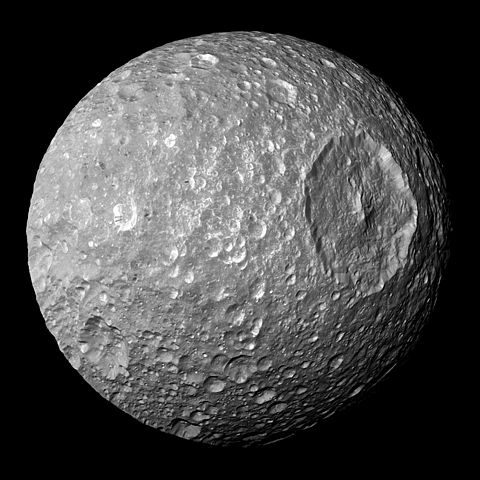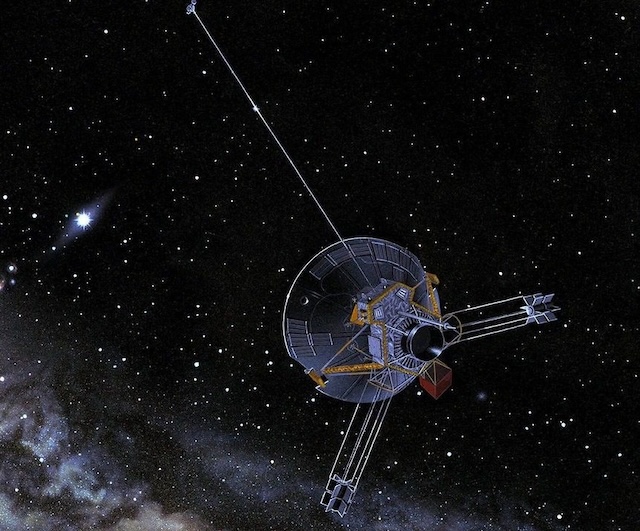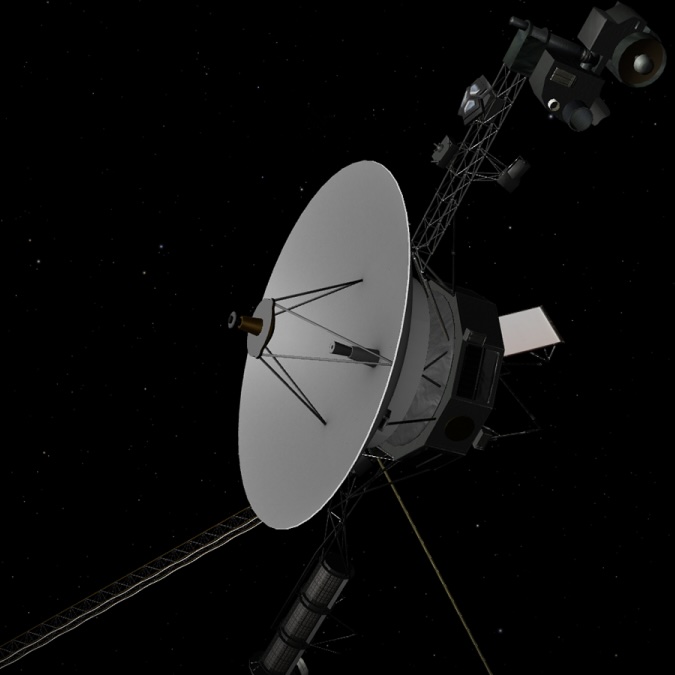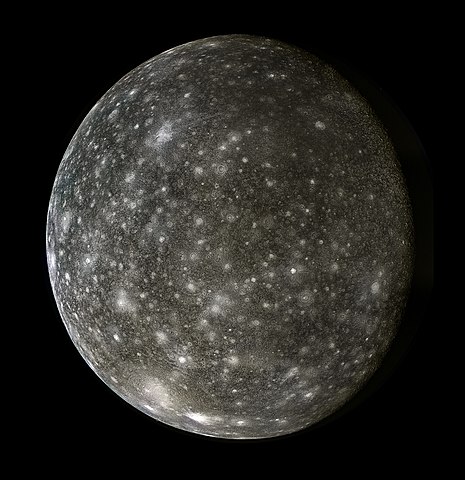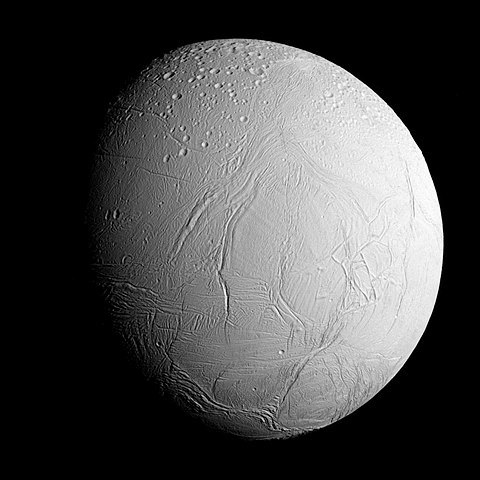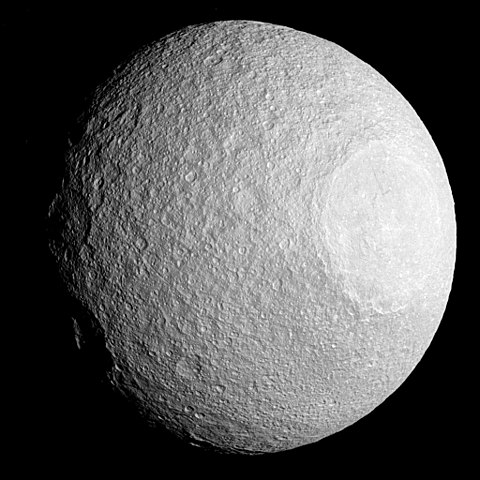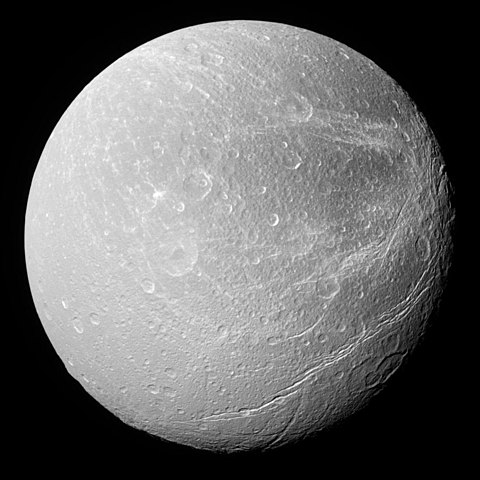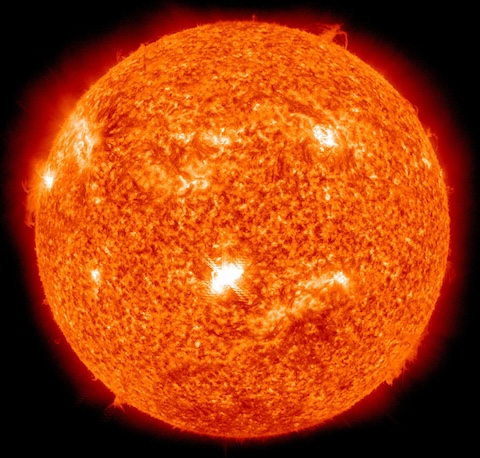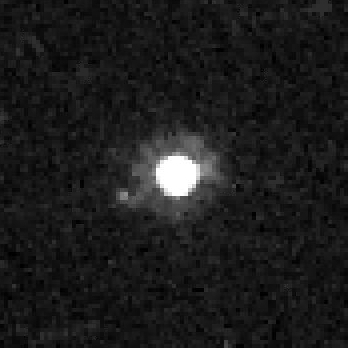1 day / second
0.5 AU
Mimas
Moon of Saturn
A small, heavily cratered moon known for its massive Herschel impact crater which gives it a distinctive "Death Star" appearance.
Key Facts
learn more | Wikipedia |
mass | 3.7493e+19 kg |
radius | 198.2 km |
semi-major axis | 185,540 km |
eccentricity | 0.02 |
inclination | 28.304º |
longitude of the ascending node | 0º |
argument of periapsis | 0º |
orbital period | 22.648 hours |
surface gravity | 0.006 g |
discovery date | September 17, 1789 |
discovered by | William Herschel |
name origins | Named after Mimas, one of the Giants in Greek mythology |
albedo | 0.962 |
material composition | Mostly water ice with some rock |
density | 1.149 g/cm³ |
rotation | Tidally locked to Saturn |
Parent Planet
Saturn
A massive ringed gas giant with a distinctive yellow-orange hue, known for its extensive system of icy rings and more than 80 moons, including Titan, the only moon in the Solar System with a thick atmosphere.
Spacecraft Visits
Pioneer 11
Flyby
Launched in 1973, visited in 1979
Pioneer 11 captured distant images of Mimas during its 1979 Saturn flyby, providing early data about the moon's surface features including its distinctive Herschel Crater.
Voyager 1
Flyby
Launched in 1977, visited in 1980
Voyager 1 captured the first detailed images of Mimas during its flyby on November 12, 1980, revealing the moon's most distinctive feature: the massive Herschel impact crater that gives it a Death Star-like appearance.
Voyager 2
Flyby
Launched in 1977, visited in 1981
During its flyby of Mimas on August 22, 1981, Voyager 2 captured detailed images of the moon's most distinctive feature - the massive Herschel impact crater that gives Mimas its "Death Star" appearance.
